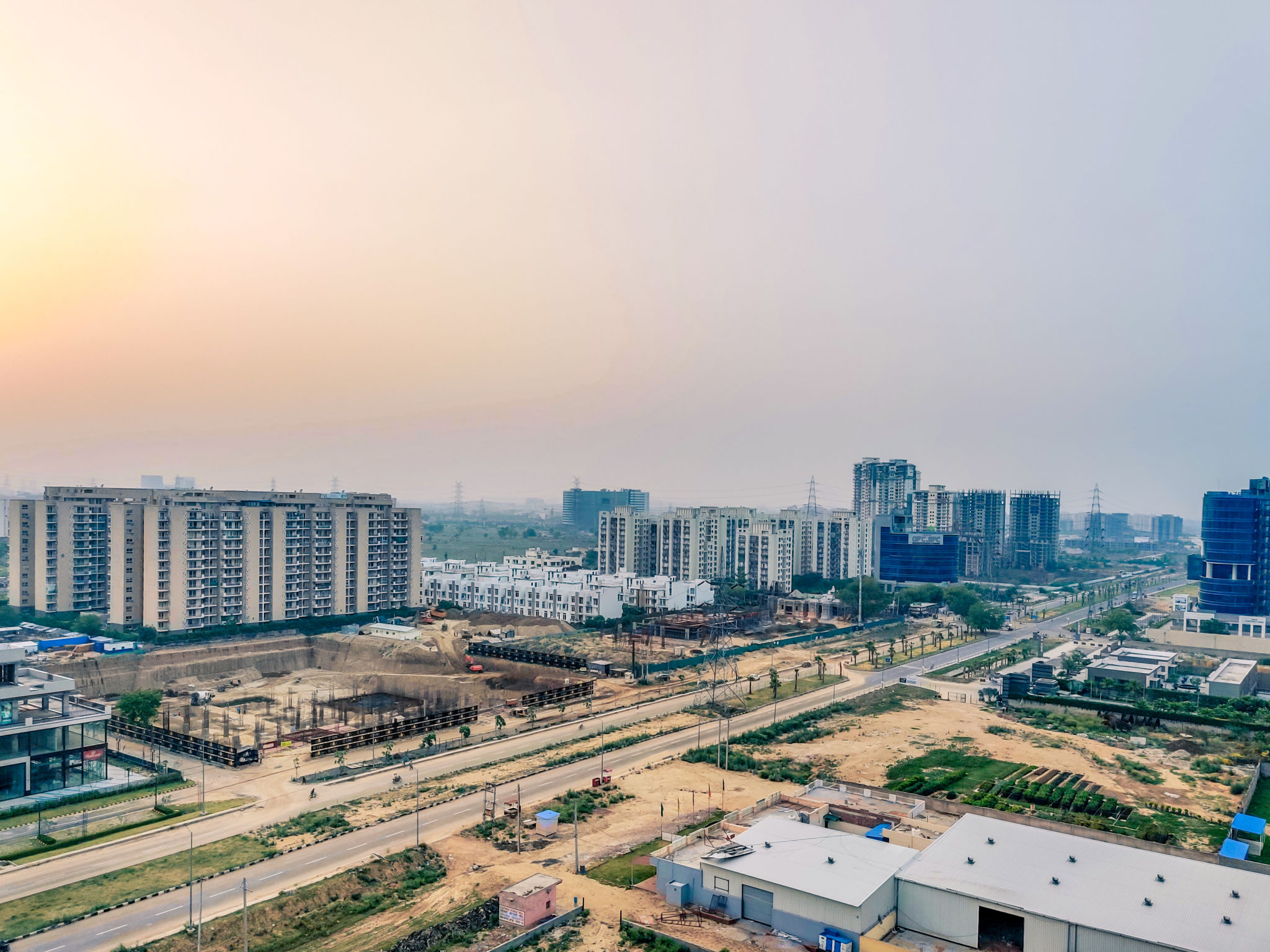How to Choose the Right Home Design for Chennai's Climate
Understanding Chennai's Climate
Chennai, the capital city of Tamil Nadu, is known for its hot and humid climate. With temperatures often soaring above 40°C in summer and high humidity levels throughout the year, choosing the right home design is crucial for comfort and energy efficiency. Understanding the local climate is the first step in making informed decisions about your home design.
The city experiences three primary seasons: summer, monsoon, and winter, with summer being particularly intense. The design of your home should aim to keep indoor temperatures cool during these hot months while also managing heavy rainfall during the monsoon season.

Orientation and Layout
The orientation of your home plays a significant role in temperature regulation. Ideally, homes in Chennai should be oriented to minimize direct exposure to the harsh afternoon sun. Positioning living spaces to face north or northeast can help reduce heat gain while maximizing natural light.
Consider an open layout with cross-ventilation in mind. Cross-ventilation allows for natural airflow throughout the house, helping to reduce reliance on air conditioning. Windows placed strategically opposite each other allow for refreshing breezes to cool your living spaces naturally.
Material Choices
The choice of construction materials can greatly influence how your home responds to Chennai's climate. Opt for materials with high thermal mass, like brick or concrete, which absorb heat during the day and release it during cooler evenings, thus maintaining a more consistent indoor temperature.

Incorporating reflective materials for the roof can also help in deflecting solar heat away from your home. Additionally, using insulated walls and roofs will further enhance your home's ability to maintain a comfortable temperature year-round.
Green and Sustainable Practices
Integrating green practices into your home design can contribute significantly to comfort and sustainability. Planting trees or shrubs around your home provides natural shade and cooling. A green roof or vertical gardens can also help in reducing heat absorption.
Consider using solar panels for energy efficiency. Solar energy harnessed from Chennai's abundant sunshine can power household appliances, reducing electricity bills and environmental impact.

Interior Design Considerations
When it comes to interior design, opt for light-colored walls and floors to reflect heat rather than absorb it. Using natural fabrics for upholstery and curtains not only enhances aesthetics but also contributes to a cooler indoor environment.
Furniture placement should encourage airflow; avoid blocking windows or air vents. Additionally, using ceiling fans in conjunction with air conditioning can help circulate air more effectively while reducing energy consumption.
Rainwater Harvesting
Given Chennai's seasonal heavy rains, incorporating rainwater harvesting systems into your home design is both practical and environmentally responsible. Collecting and storing rainwater can provide an additional water source during dry spells, reducing dependence on municipal water supplies.

These systems are relatively easy to install and can be integrated into new constructions or added to existing structures. They not only help conserve water but also reduce flooding by minimizing surface runoff.
Conclusion
Designing a home suitable for Chennai's climate involves thoughtful consideration of orientation, materials, and sustainable practices. By focusing on these aspects, you can create a living space that is comfortable, energy-efficient, and environmentally friendly.
Ultimately, the right home design will not only enhance your quality of life but also contribute positively to the environment, making it a worthwhile investment for the future.
